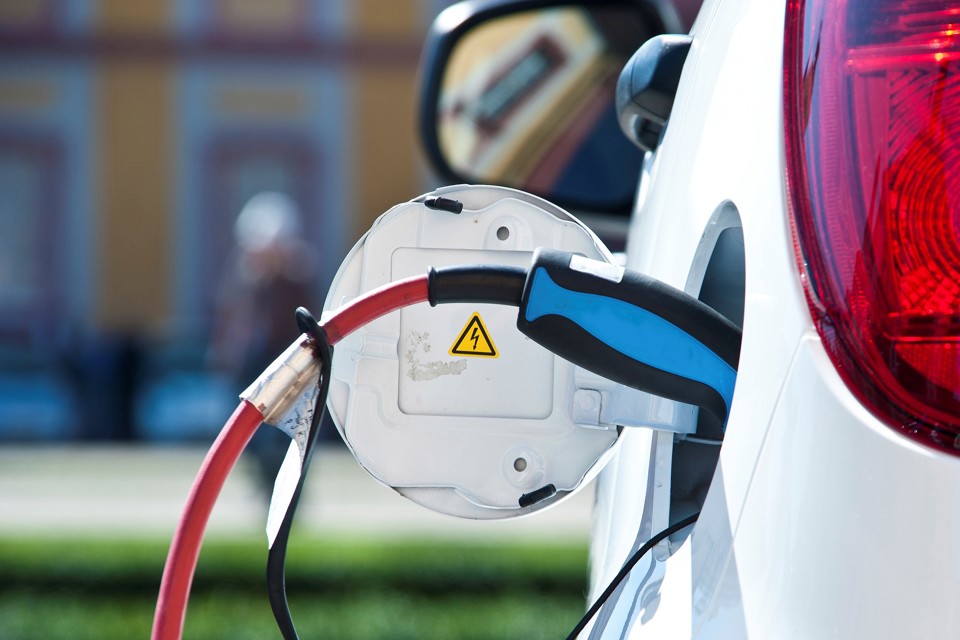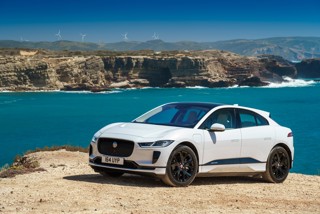Companies eager to introduce electric vehicles (EVs) to their fleets but deterred by the cost of the models and concerns over infrastructure can now access a new type of funding model that promises to remove the risk and make the investment affordable.
Octopus Investments has launched a pay-on-use model which incorporates every element required to operate an EV, from the cost of the vehicle itself, to installation of charging points and even investment in local substation facilities to boost grid capacity.
It launched the pay-on-use product with Heathrow Airport in October 2018 (fleetnews.co.uk/octopus-EVs), which has taken on 25 Jaguar i-Pace cars under contract that could grow to 200, but the details of the scheme are only now coming to light.
The funding is based on a pence-per-mile fee which is calculated on the cost of the total investment, divided by the operating cycle and the anticipated annual mileage. The company pays only when the vehicle is in use, maximising utilisation, and becomes the owner of the asset once the contract period is up.
Octopus was launched in 2000 as a financial services company that has since expanded into a number of sectors, including renewable energy, healthcare and energy supply. It has access to substantial funds and works with global partners to leverage buying power and resources.
Its objective is to support a move to clean transportation by facilitating uptake of zero and ultra-low emission vehicles, from full electric and hydrogen fuel cell to plug-in hybrid and CNG, as an alternative fuel-agnostic partner.
Octopus investment director Dan Saunders said: “We can do all that with a pence-per-mile payment. It’s about cash optimisation.”
Octopus will buy the vehicles, invest in the depot/office charging infrastructure and upgrade the grid where needed – or, alternatively, buy the large batteries for on-site storage of electricity.
The operator has exclusive use of the vehicles and is charged a fixed fee for each mile driven based on the cost of investment and length of the finance term. Annual mileage is based on historical data and the fleet must achieve 75-80% of the forecasted figure. At the end of the contract, they own the vehicles and can choose to continue running them – “sweating the asset”, said Saunders – or sell them.
The proposition is available for cars, vans and HGVs, as well as specialist vehicles such as refuse collection trucks. It can also incorporate insurance and link the funding to its energy tariff for EVs plus its renewable energy supply with long-term price hedging.
Since announcing the Heathrow contract, Octopus has seen a lot of interest among taxi firms but it is keen to engage other fleet operators. It is in talks with “four or five” but wants to widen its reach, from SMEs to large corporates.
“We are looking for companies that want to be at the forefront (of EV adoption), but need support,” Saunders said. “We benchmark the pence-per-mile on current costs so any premium will be minimal and based on usage. We take the risk that others don’t.”
He expects the majority of customers will opt for the end-of-contract ownership model, but accepts that some will prefer a traditional leasing structure where the vehicle is handed back at the end of term. Octopus will offer this option by working with the manufacturer on a residual value – it will also offer early termination fees – but Saunders believes fleets should extract maximum value by continuing to run the vehicles when the contract is paid up, benefiting from the lower maintenance costs.
Typical pence-per-mile contract terms will be five or six years for cars and vans, rising to 15 for buses. Saunders is confident the cars and vans can be run for at least 10 years.
The length of contract goes beyond the agreements generally offered by traditional leasing companies.
Octopus is targeting investment of more than £1 billion in its pence-per-mile venture.























Login to comment
Comments
No comments have been made yet.